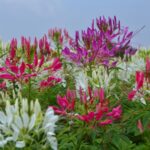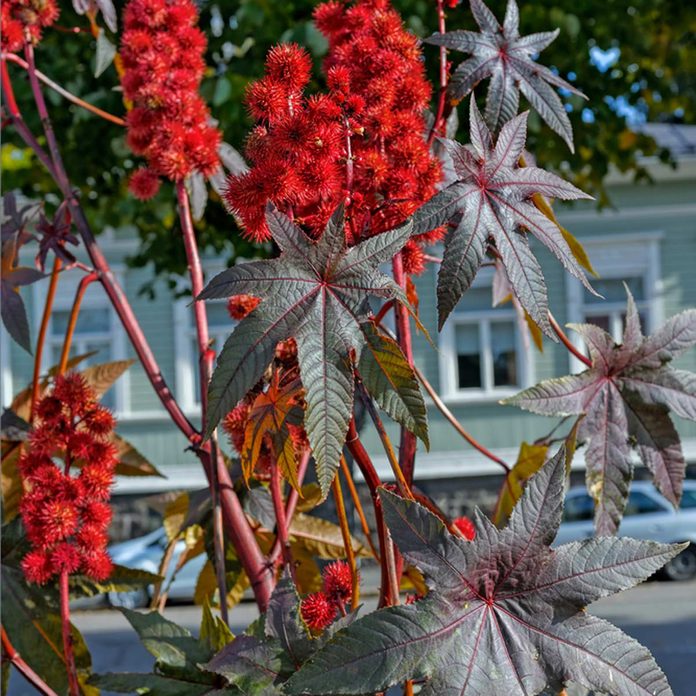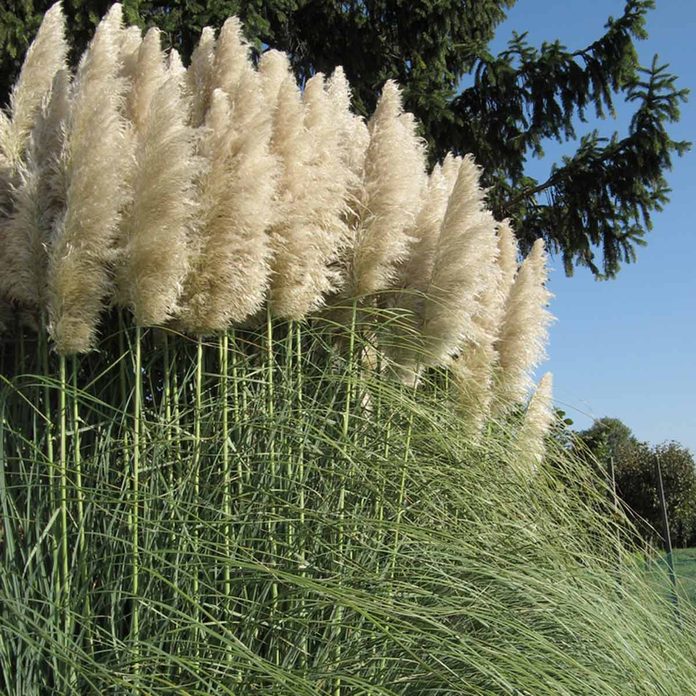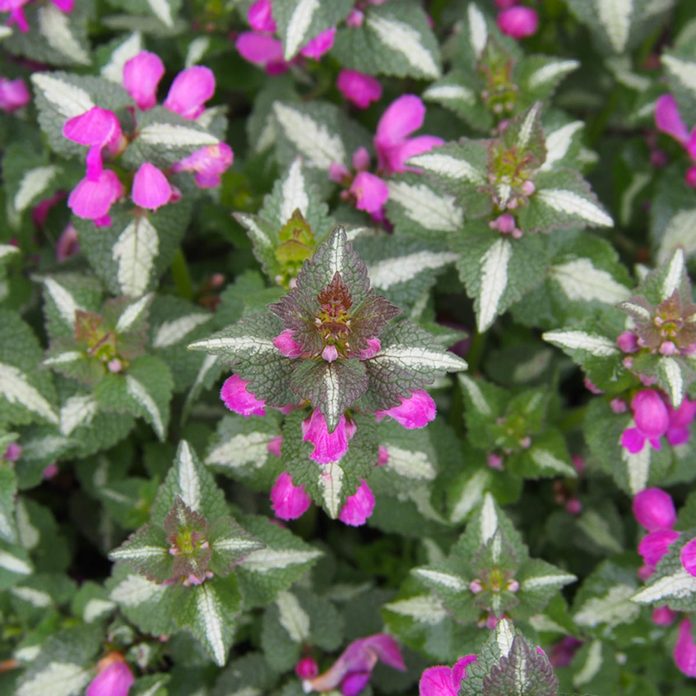
10 Inexpensive Plants That Make Your Garden Pop
6
/
10

Castor Bean Plant
Castor Bean Plant (Ricinus communis) provides a touch of tropical drama anywhere—even in cold climates. A hardy treelike perennial in Zones 9–11, it is a quick-growing annual elsewhere, reaching 8 to 10 feet in one growing season.
The leaves look like they came off a Japanese maple tree, except that they’re the size of dinner plates. They can be blue-green or burgundy, depending on variety. And the reddish brown seedpods look like something from another world. Note: all parts of the castor bean plant are poisonous.
7
/
10

Pampas Grass
Pampas Grass (Cortaderia sellouana) is a tough and beautiful plant with a lot to like about it—as well as a few caveats to keep in mind. As an ornamental grass it’s tall and stately, reaching 10 to 12 feet in height and 5 feet in width, although some cultivars are half that size.
Pampas grass is also an eyeful when unfolding its flower plumes in late summer, ranging in color from silvery white to sandy tan. The plumes make good cut-flowers or can be left in place for winter interest. An upright grower with stiff stems, pampas makes a fine hedge or screen.
The caveats: pampas grass can be a hassle to cut back (the blades are sharp) and it is an aggressive seed producer, making it a pest in some areas. Before planting, check with your local cooperative extension or look for a sterile cultivar.
8
/
10

Lamium
Lamium (Lamium maculatum) differentiates itself from many other groundcover plants with eye-catching beauty that demands attention rather than taking a backseat to other plants. The secret is its foliage, which is variegated in different patterns and hues, depending on variety.
The most popular lamiums are a mix of silver and green, but some now have a mix of lime and green. Then there are the bright pink, purple or white blooms that peak in spring but appear sporadically the rest of the growing season. Lamium spreads easily but is not invasive. It is hardy in Zones 4–8.



